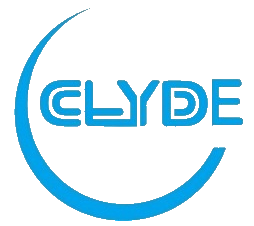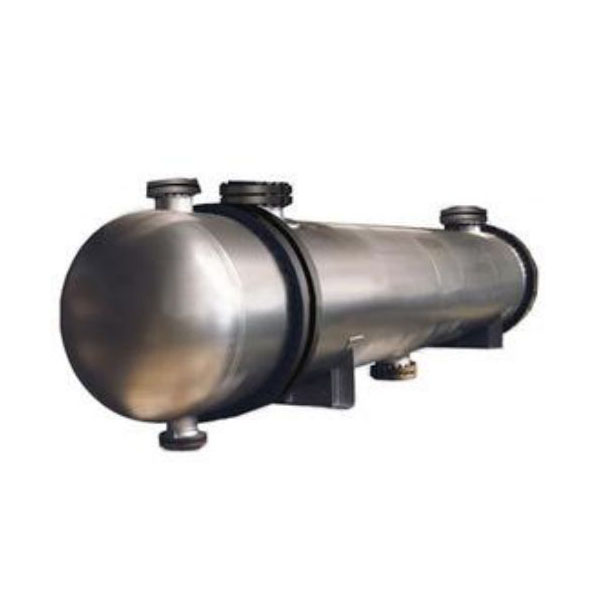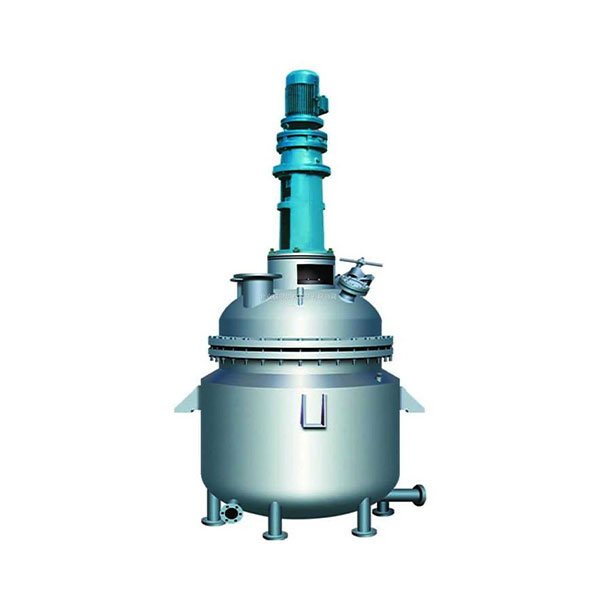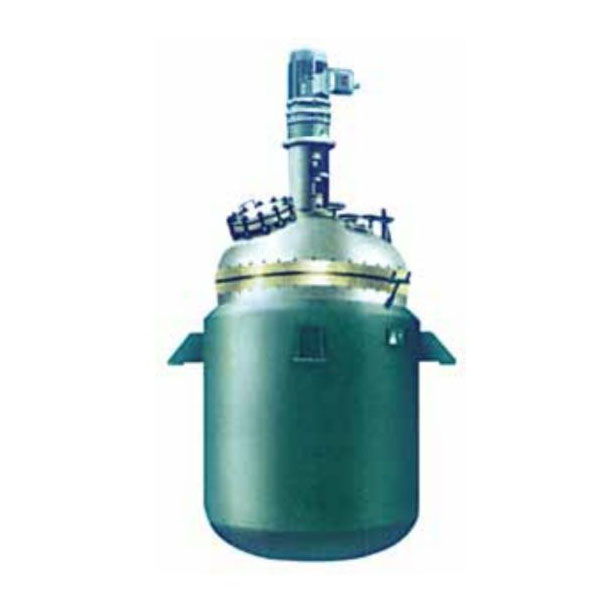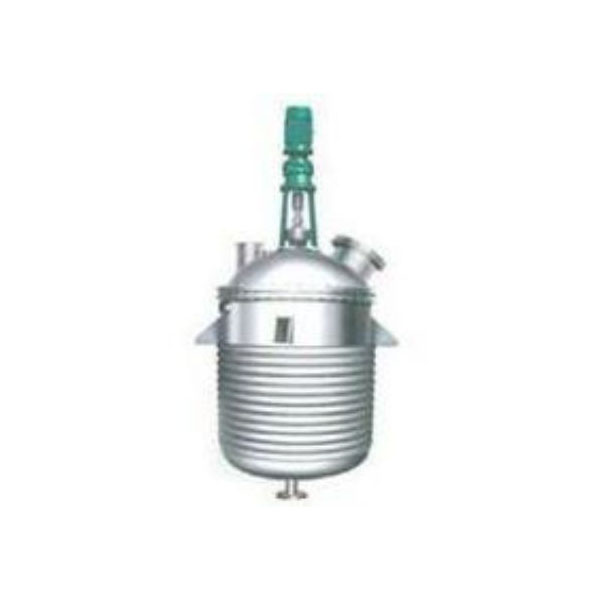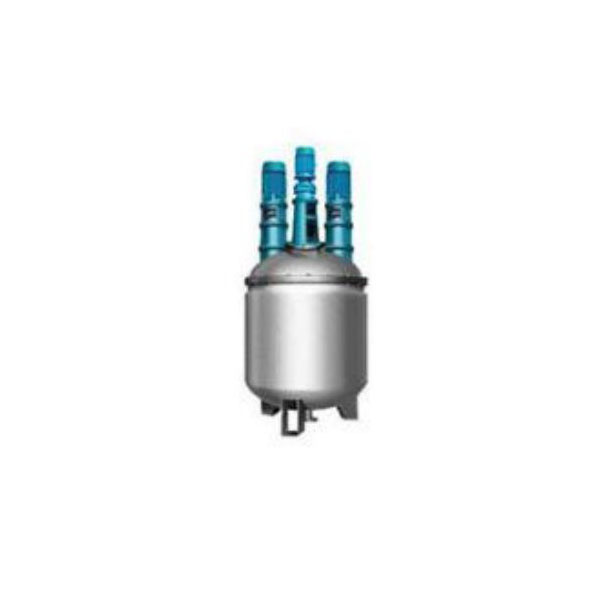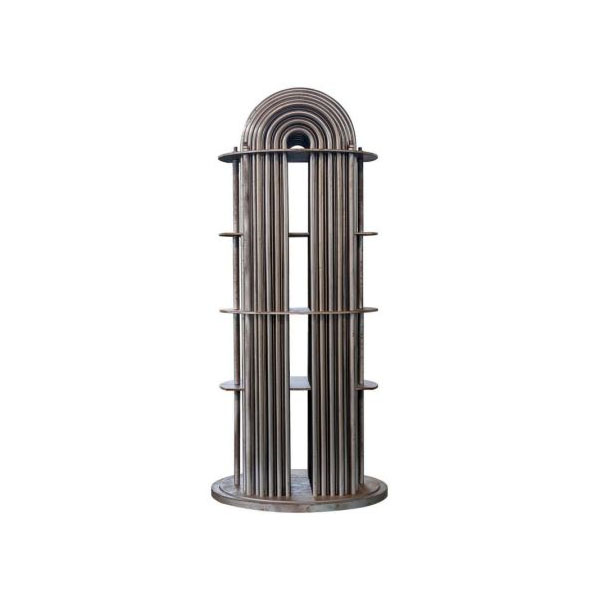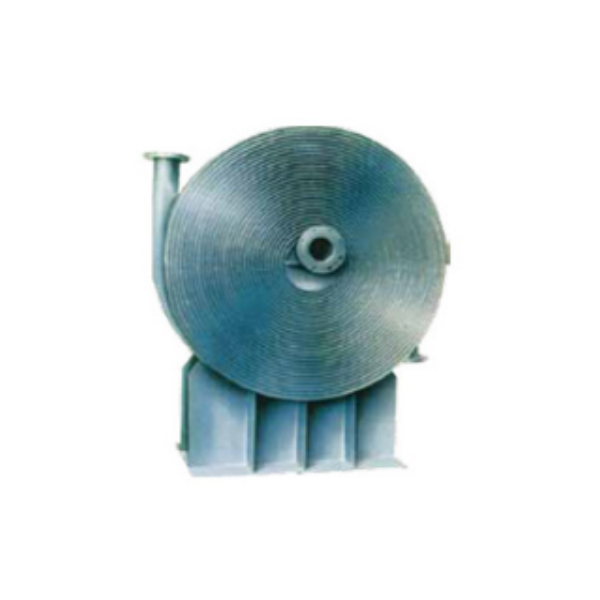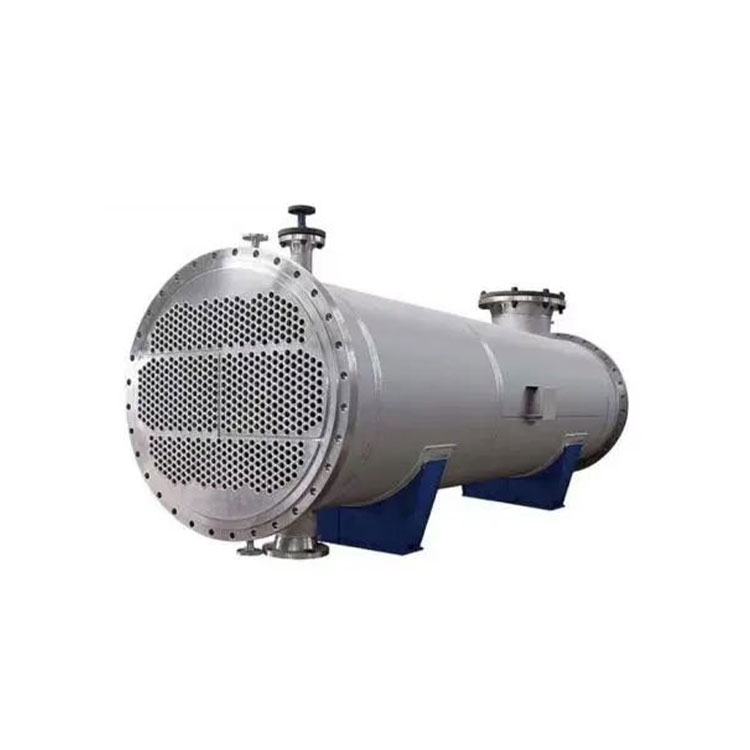0102030405
External Heating One Effect Vacuum Evaporator
description
A single effect evaporator generally refers to a single evaporator that no longer utilizes the secondary vapor generated during solution evaporation. In large-scale production, evaporating a large amount of water requires consuming a large amount of primary steam. In order to reduce the consumption of primary steam, the secondary steam generated during production is introduced into the second evaporator for heating steam. The secondary steam generated by the second evaporator can also be introduced into the third evaporator for heating steam, and each evaporator is called a primary evaporator, and so on. In this way, several evaporators are connected in series to form a multi effect evaporator.
Components
1. Preheater and heater
In most cases, the product to be evaporated must be preheated to boiling point before entering the heating chamber. Usually, straight tube preheaters or plate heat exchangers are used to complete this task.
2. Evaporator
The selection of the appropriate type of evaporator depends on each specific application and the nature of the product.
3. Separators
Each evaporator is equipped with a separator for the separation of steam and liquid. Choose different types of separators according to their application scope, such as centrifugal separators, gravity separators, or separators with internal components. When designing, important factors such as separation efficiency, pressure drop, and cleaning frequency need to be considered.
4. Condenser
In possible situations, the steam heat generated during the evaporation process is used to heat downstream multi effect evaporators and preheaters, or to compress the steam as a heating medium. However, the residual steam from the last effect of the evaporation device cannot be utilized in this way and must be condensed. Evaporation devices can be equipped with surface condensers, contact condensers, or air-cooled condensers.
5. Degassing/vacuum system
Use a vacuum pump to maintain vacuum in the evaporation device. They discharge leaked air and non condensable gases from the device, as well as dissolved gases brought in during liquid feeding. For this purpose, corresponding jet pumps and liquid ring pumps can be used according to the scale and operation mode of the evaporation device.
6. Pump
Due to the complex design conditions and applications, pump selection must be considered. The selection criteria are the product characteristics, suction pressure, flow rate, and compression ratio in the evaporation device. For low viscosity products, centrifugal pumps are mainly used; High viscosity products require the use of a positive displacement pump. Some products containing solids or crystals may use other types of pumps, such as propeller pumps. Determine the type, size, speed, mechanical seal, and material of the pump based on specific application scenarios and relevant usage conditions.
7. Cleaning system
According to different products, equipment may experience scaling after a certain period of operation. In most cases, chemical cleaning can remove scale and other dirt. For this purpose, the evaporation device needs to be equipped with some necessary equipment components such as cleaning agent tanks, additional pumps, and pipeline valves. These devices ensure that the device can be cleaned without disassembly, commonly referred to as "in situ cleaning" CIP. The selection of cleaning should be based on the type of scaling. The cleaning agent penetrates into the crust layer, dissolves or decomposes the crust, thoroughly cleaning the surface of the evaporator, and if necessary, disinfecting the surface.
8. Steam scrubber
If the device is not heated by raw steam, but by waste steam such as steam from a dryer, in order toTo avoid contamination and scaling of the heating chamber of the evaporation device by these vapors, they must be cleaned thoroughly before entering.
9. Condensate polishing system
Although the separation of small droplets is already very ideal, the quality of the condensate may still not meet the required purity, especially when the product contains volatile components. According to different applications, the condensate can be further purified by using distillation towers or membrane filtration systems.
10. Materials
The materials required for manufacturing evaporation devices are determined based on the needs of different products. In most cases, stainless steel is used. If there are special requirements, Hastelloy alloy, titanium, nickel, copper, graphite, steel lined rubber, synthetic materials, etc. can also be used.
